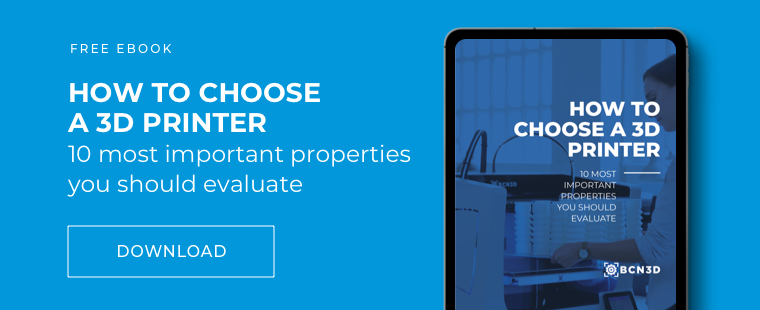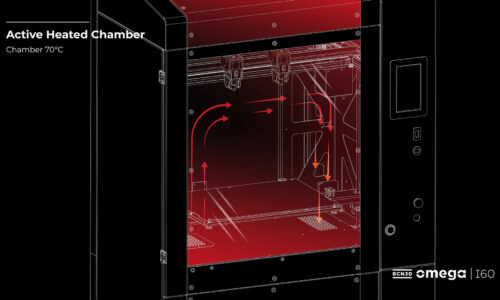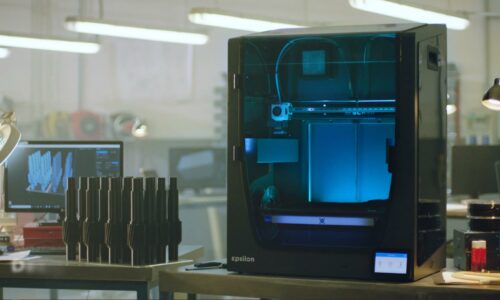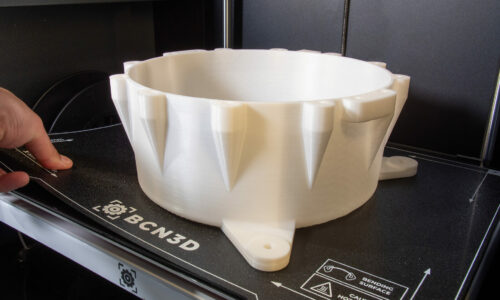Benefits of 3D Printers in the Classroom
Benjamin Franklin once said “Tell me and I forget, teach me and I may remember, involve me and I learn”. The presence and use of 3D printers in the classroom perfectly showcases the truth of this quote.
3D printers, and their prints, bring concepts and lessons to life in a tangible way for students. 3D printers in schools are becoming increasingly more common, as educators witness the benefits of this technology in their classrooms.
In this article we’ll explore the benefits of 3D printing in school and the many applications that 3D printers can have in a classroom setting.
How are 3D Printers Used in Schools
3D printers lend themselves to a variety of applications and serve as the starting point of many learning activities. 3D printing in school is especially valuable when it comes to STEAM (science, technology, engineering, art, mathematics) learning.
In general, 3D printers in schools are used in 3 major ways: to boost analytical thinking, increase comprehension, and generate greater retention. By incorporating this technology into a classroom setting, students can tangibly investigate replicas of objects, see models of complex theories or concepts, or learn a lesson in a new way. This helps students remember what they learn and get their brain working differently, boosting engagement along the way.
For example, in science classes students can create 3D models of body parts, cells, organs, chemical structures, or even fossils. Or, in social study classes, a 3D printed replica of important historical artifacts can be used to help students understand or compare important events or time periods.
3D printing can also be used to help students with impairments understand concepts in new ways. For example, educators can use 3D printers to help students with visual impairments by creating a 3D version of a map or replicas to better understand traditionally visual concepts. 3D printers in schools allow for more customized learning to students’ needs.
As many education systems transition to including more hard-skills and trade-skills in their curriculum, 3D printing provides a way to incorporate real-world technology into the classroom. This is especially useful for schools that offer design, architecture, engineering, or manufacturing classes, which can use 3D printing in their classrooms to demonstrate prototyping and development workflows. Having access to a 3D printer helps teachers go beyond theory and into practical applications, and prepares students to work in the industry.
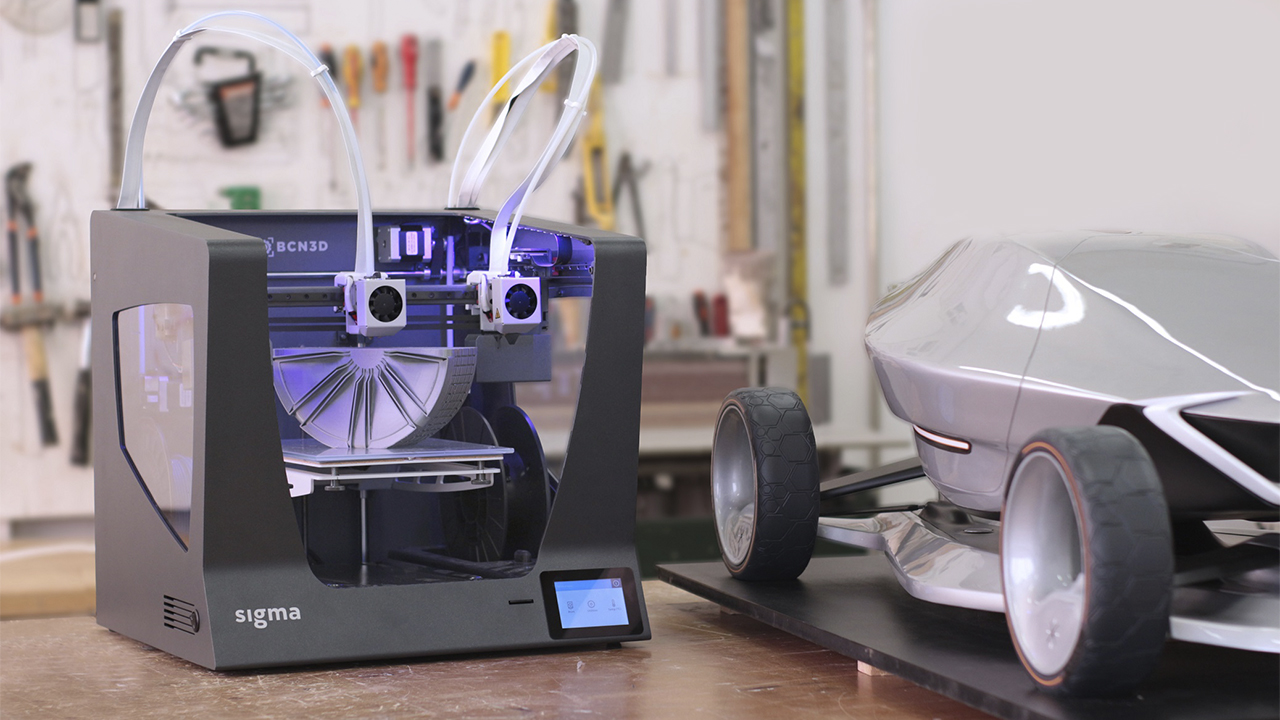
Benefits of 3D Printers in the Classroom
1. Makes STEAM Learning Impactful
Using 3D models in classrooms allows students to get more hands-on experience in a particular subject. A 3D printer allows educators to customize their model directly to their classroom’s needs and address areas or lessons that students need more time to understand.
It’s one thing to read about anatomy in a textbook, but it’s another to have an anatomical 3D model in your hands that you can physically touch and move around. By having a 3D printer in schools, teachers can pinpoint an area students are having trouble grasping, and impact them in a new way.
Simply put, 3D printing grabs people’s attention. And as student’s attention spans become increasingly shorter and harder to maintain, 3D printers come in to breathe new life into the classroom.
3D models engage students and help them to understand complex or advance concepts and skills. It also adapts to students’ learning styles. Some students are visual and tactile learners, and seeing a model or holding it in their hands can help them understand in a faster or more complete way.
2. Prepares Students for Real-Life Applications
Having 3D printers in schools, especially in trade and hard skills classes, allow students to get a leg up and understand typical workflows in a classroom setting. Schools with trade programs that incorporate 3D printing into their lessons are allowing students to understand how the technology really works in the field and gives them an advantage if they choose to pursue a professional career in the industry.
For example, design or manufacturing students who have directly created, revised, or analyzed a prototype in the classroom will be miles ahead of their peers who did not have this same opportunity. 3D printers give students a better idea of the actual professional applications of their lessons and help them advance in their careers before they’ve even started.
3. Affordable and Sustainable
It’s no secret that many schools’ funding is often strapped, but a desktop 3D printer does not have to break the bank. As 3D printing technology evolves, price points have lowered and become more accessible for school systems.
Similarly, there are certain materials that are easy for students to use and also are at a more affordable cost. PLA is a good classroom material as it is both sustainable, reducing the school’s environmental footprint, and cost-effective.
Final Thoughts
3D printers are a 21st-century learning tool that we expect to see in more and more classrooms. As new innovative ways to use this technology continue to grow, so do the applications and benefits to their use in schools.


